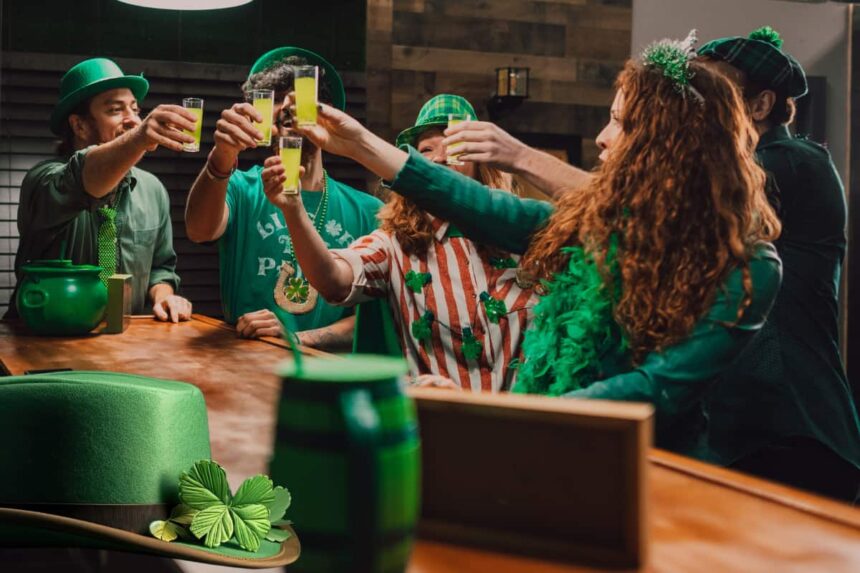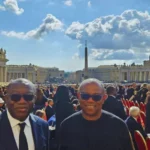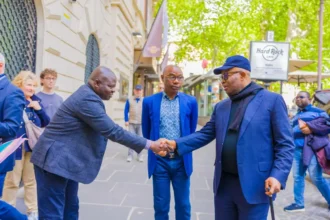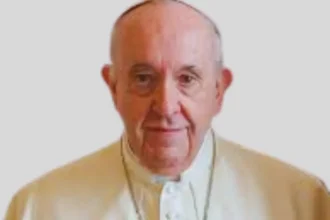Every year on March 17, people around the world don green attire, participate in parades, and indulge in Irish culture to celebrate St. Patrick’s Day. What began as a religious feast in honor of Ireland’s patron saint has evolved into a global festival embracing Irish heritage, culture, and, of course, merriment. This article explores the origins, traditions, and worldwide celebrations of St. Patrick’s Day, shedding light on how a religious commemoration became one of the most widely celebrated cultural holidays.
St. Patrick’s Day honors St. Patrick, the foremost patron saint of Ireland, who is credited with bringing Christianity to the Irish people in the 5th century. Born in Roman Britain around the late 4th century, Patrick was kidnapped by Irish raiders at the age of 16 and taken to Ireland as a slave. After years of captivity, he escaped and returned home but later felt a divine calling to return to Ireland as a missionary.
St. Patrick played a crucial role in spreading Christianity across Ireland, converting thousands and reportedly using the three-leaf shamrock to explain the concept of the Holy Trinity. He is believed to have died on March 17, 461 AD, and the day of his death became a feast day in the Catholic Church, eventually growing into a cultural and national holiday.
While St. Patrick’s Day originally had strong religious significance, marked by church services and feasts, many customs have been adopted over the centuries, making it a vibrant celebration of Irish culture. Some of the most popular traditions include:
- Green has long been associated with Ireland, known as the Emerald Isle, and is linked to St. Patrick through the shamrock. Wearing green on St. Patrick’s Day is a widely followed tradition, with many believing that it brings good luck and even protects against mischievous leprechauns, who are said to pinch those not wearing green.
- The shamrock, a three-leaved clover, is perhaps the most recognizable symbol of St. Patrick’s Day. St. Patrick is said to have used it to teach about the Holy Trinity. Other symbols include the Celtic cross, harps, and leprechauns, mythical figures from Irish folklore.
- St. Patrick’s Day parades have become one of the most iconic aspects of the holiday, particularly in cities with large Irish communities. The first-ever St. Patrick’s Day parade took place in New York City in 1762, even before the United States was founded. Today, parades are held across the world, from Dublin to Sydney and beyond.
- Traditional Irish dishes such as corned beef and cabbage, Irish soda bread, and shepherd’s pie are commonly enjoyed on St. Patrick’s Day. Meanwhile, Guinness, Ireland’s famous stout beer, and Irish whiskey flow freely in celebrations worldwide. The tradition of dyeing food and drinks green, such as beer and desserts, has also become popular.
- One of the most unique traditions takes place in Chicago, where the Chicago River is dyed bright green every year in honor of St. Patrick’s Day. This practice began in 1962 when local plumbers used environmentally safe dye to turn the river green, creating a stunning visual spectacle that attracts thousands of spectators.
While St. Patrick’s Day is an Irish holiday, it has grown into a global phenomenon. Countries around the world celebrate with their own unique twists:
- Ireland As the birthplace of St. Patrick’s Day, Ireland hosts some of the most elaborate celebrations. Dublin’s annual St. Patrick’s Festival lasts for several days, featuring music, street performances, and a grand parade. In smaller towns and villages, locals gather for traditional music sessions and feasts.
- United States The U.S. has one of the most enthusiastic St. Patrick’s Day celebrations, with major cities like New York, Boston, and Chicago leading the way. New York City’s parade, one of the world’s largest, attracts over 2 million spectators. Boston, home to a significant Irish-American population, holds a grand parade and various cultural events.
- United Kingdom In London, a large St. Patrick’s Day parade moves through Trafalgar Square, accompanied by an Irish cultural festival featuring music, dance, and cuisine. Other cities, including Birmingham and Manchester, also host vibrant celebrations.
- Australia With a significant Irish heritage, Australia embraces St. Patrick’s Day with grand parades in cities like Sydney, Melbourne, and Brisbane. The Sydney Opera House is often illuminated in green as part of the Global Greening Initiative, which sees famous landmarks worldwide turn green.
- Canada Canada, particularly in cities like Toronto and Montreal, celebrates St. Patrick’s Day with lively parades and Irish-themed events. Montreal’s parade is one of North America’s oldest, dating back to 1824.
- Other Parts of the World
- In Argentina, where Irish immigrants have left a lasting impact, Buenos Aires hosts massive street parties and celebrations.
- In Japan, Tokyo holds an annual St. Patrick’s Day parade, blending Irish traditions with Japanese culture.
- In Russia, Irish pubs and cultural centers organize music festivals and themed events.
St. Patrick’s Day serves as a global celebration of Irish identity, allowing people of all backgrounds to partake in the festivities. The holiday has helped spread Irish culture through music, dance, food, and storytelling. Riverdance, a famous Irish dance show, gained international fame partly due to St. Patrick’s Day celebrations.
The holiday also highlights the contributions of the Irish diaspora. Irish immigrants have played a vital role in shaping the cultural and political landscapes of many nations, particularly in the U.S., Canada, and Australia. St. Patrick’s Day is a tribute to their enduring legacy.
While St. Patrick’s Day remains rooted in tradition, modern trends continue to shape its celebrations:
- In recent years, efforts have been made to make St. Patrick’s Day greener in an environmental sense. Parades and events now focus on sustainability, reducing plastic waste, and promoting eco-conscious festivities.
- With the rise of digital events, virtual St. Patrick’s Day celebrations have become popular, allowing people worldwide to participate in online concerts, cooking demonstrations, and storytelling sessions.
- More people from non-Irish backgrounds are embracing the holiday, making it a truly inclusive global celebration.
From its religious origins in Ireland to its evolution into a worldwide cultural phenomenon, St. Patrick’s Day remains one of the most anticipated and widely celebrated holidays. Whether through parades, music, food, or simply donning a bit of green, people across the globe come together on March 17 to honor the legacy of St. Patrick and the rich heritage of Ireland. As traditions continue to evolve, St. Patrick’s Day will undoubtedly remain a vibrant and cherished celebration for generations to come.

















